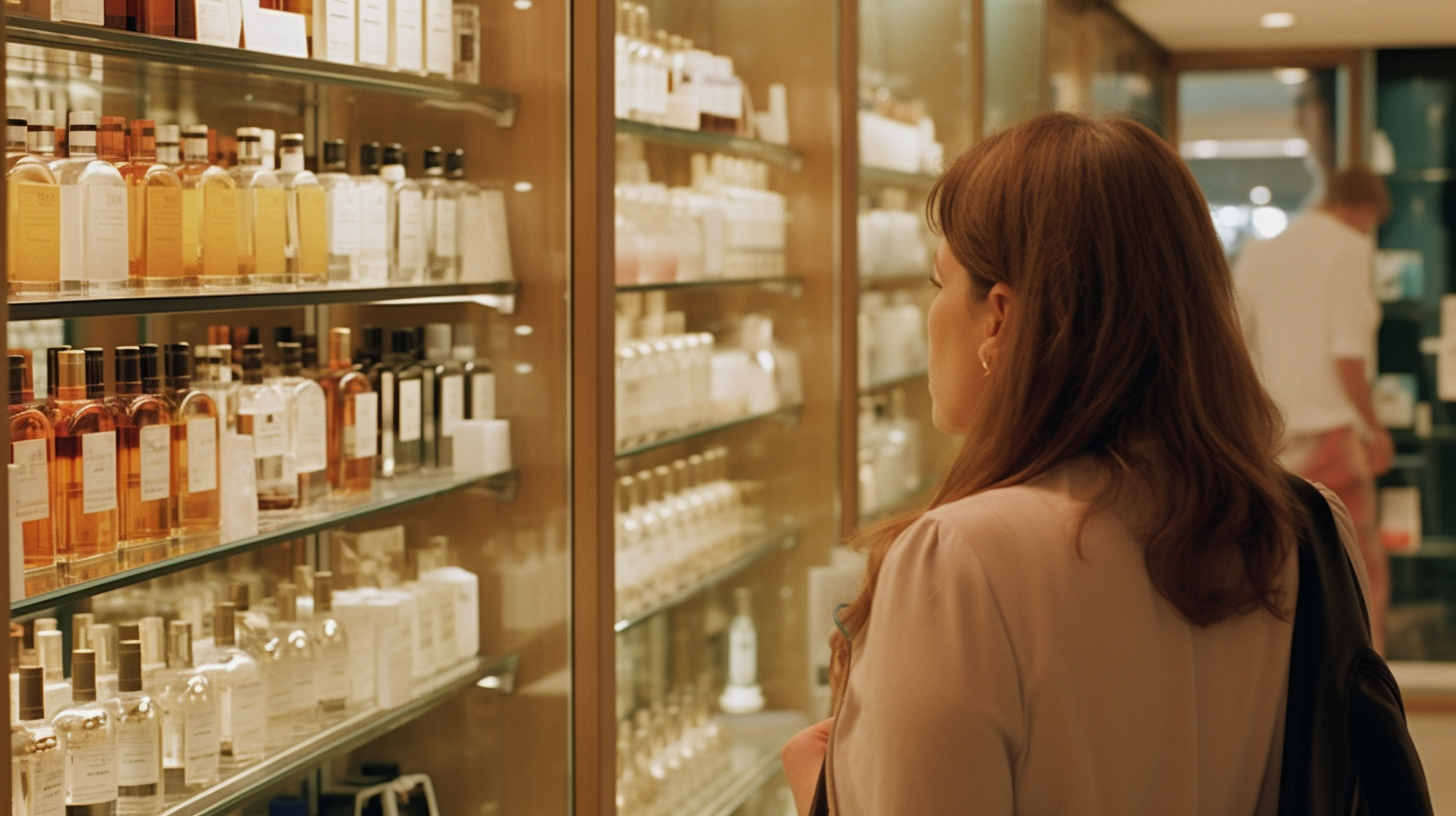How to Create Your Own Fragrance Oil: Step-by-Step Guide
Welcome to our step-by-step guide on how to create your own fragrance oil! Fragrance oils are a wonderful way to express your creativity and personalize your scents. Whether you’re a DIY enthusiast or an aspiring perfumer, this tutorial will walk you through the process of making your very own fragrance oil from scratch.
What is Fragrance Oil?
Fragrance oil is a concentrated liquid that captures the aroma of various scents. It is commonly used in perfumes, candles, soaps, and other beauty products. Unlike essential oils, which are derived from plants or natural sources, fragrance oils are typically synthetic or a blend of synthetic and natural ingredients.
Creating your own fragrance oil allows you to customize the scent to suit your preferences. You can experiment with different combinations of fragrances and create unique blends that reflect your personality.
Gather Your Ingredients and Tools
Before we dive into the process of making fragrance oil, let’s gather all the necessary ingredients and tools:
- A carrier oil: Carrier oils act as a base for the fragrance and help dilute the concentrated scent. Some popular carrier oils include jojoba oil, sweet almond oil, or fractionated coconut oil.
- Fragrance notes: These are the individual scents that make up your fragrance oil. You can choose from a wide range of notes such as floral, citrus, woody, spicy, or herbal. Select notes that complement each other well.
- A glass container: Use a dark-colored glass container to store your fragrance oil. This will help protect it from sunlight and preserve its scent for longer.
- A dropper or pipette: This will allow you to measure and mix the ingredients accurately.
- A notebook: Keep a record of the proportions and combinations you use during the process. This will help you refine your fragrance oil in the future.
Step-by-Step Guide to Creating Your Fragrance Oil
Now that we have everything we need, let’s dive into the step-by-step process of creating your own fragrance oil:
Step 1: Choose Your Fragrance Notes
Start by selecting the fragrance notes you want to include in your blend. Consider the mood or feeling you want your fragrance to evoke. For example, if you’re aiming for a fresh and uplifting scent, you might choose citrus and floral notes. If you prefer something warm and cozy, opt for woody or spicy notes.
Remember to consider the strength of each note. Some scents are more powerful than others, so adjust the proportions accordingly. It’s also helpful to keep in mind that fragrances tend to evolve over time, with different notes becoming more prominent as they dry down.
Step 2: Create Your Formula
To create a balanced fragrance oil, it’s important to follow a formula or recipe. A common formula is known as the top, middle, and base note structure:
- Top notes: These are the initial scents that are detected when you first apply the fragrance. They are usually light and refreshing but evaporate quickly. Common top notes include citrus fruits, herbs, and some florals.
- Middle notes: Also known as heart notes, these scents emerge after the top notes have evaporated. They form the core of your fragrance and contribute to its character and longevity. Middle notes can be floral, fruity, or spicy.
- Base notes: These are the foundation of your fragrance and provide depth and lasting power. Base notes are usually rich, warm, and earthy. Examples include vanilla, musk, or woody scents.
Experiment with different combinations of top, middle, and base notes to find a blend that appeals to you. Start with a simple formula and adjust the proportions as needed.
Step 3: Measure and Mix
Once you have your formula, it’s time to measure and mix the ingredients:
- Using a dropper or pipette, measure out the desired amount of carrier oil into your glass container. The amount will depend on how much fragrance oil you want to create. A general guideline is to use a 1:10 ratio of fragrance oils to carrier oil.
- Add the measured drops of each fragrance note according to your formula. Start with a small number of drops for each note and gradually increase until you achieve the desired scent. Remember to take notes of the number of drops used for future reference.
- Gently swirl or stir the mixture using a clean stirring rod or the end of your pipette. This will help distribute the fragrance notes evenly throughout the carrier oil.
Step 4: Allow for Aging
Fragrance oils often benefit from aging, as this allows the different scents to blend harmoniously over time. Seal your glass container tightly and store it in a cool, dark place for at least two weeks. During this time, periodically check on your fragrance oil and give it a gentle shake or swirl to encourage blending.
Step 5: Test and Refine
After the aging process, it’s time to test your fragrance oil. Apply a small amount to your wrist or pulse points and allow it to develop on your skin for a few minutes. Take note of how the scent evolves and whether you’re happy with the overall composition.
If necessary, you can make adjustments to your fragrance oil by adding more drops of specific notes or diluting it further with carrier oil. Remember to keep track of any changes you make for future reference.
Conclusion
Congratulations! You’ve successfully created your own fragrance oil from scratch. With a little experimentation and creativity, the possibilities are endless when it comes to crafting unique scents that reflect your personal style and preferences.
Remember, creating fragrance oils is a journey of exploration and self-expression. Don’t be afraid to try new combinations, take notes along the way, and refine your formulas as you gain more experience.
Now that you have the knowledge and tools, go ahead and unleash your inner perfumer. Have fun creating beautiful fragrances that captivate the senses!




